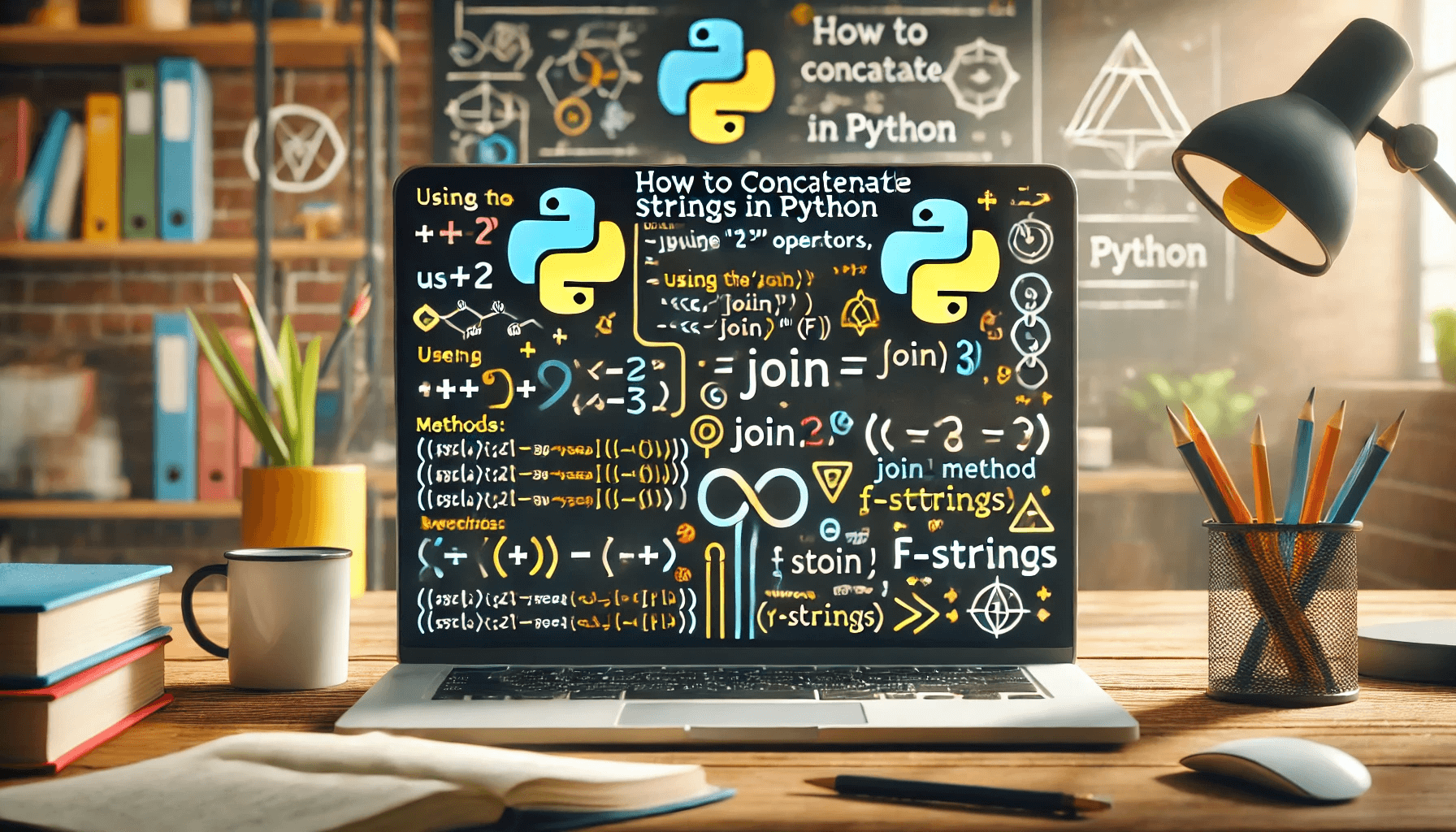In programming, string concatenation is a common and frequently performed operation. There are multiple methods for concatenating strings in Python. This article will help you understand the fundamentals of string concatenation and various ways of how to concatenate the strings.
Read moreSTEM
Many tools can be used for data analysis, but combining them can yield high results because different tools can accomplish various tasks. Both Python and Excel are excellent tools that can be used in analyzing data individually but combining them enhances data analysis capabilities. There are many ways in which Python and Excel can be integrated to enhance data analysis some of the ways include:
Read more
Understanding Python Data Types: String and Integer
Variables in Python can store different types of data. String represents a text type, integer, float and complex number are numeric types. This article focuses on string and integer data types and, especially, on problematics to convert from string to integer including methods, error handling, practices and tips.
Firstly, definitions of both types of data should be done. String could be considered as a sequence of character data. Here it is important to point out that single quotes, double quotes, and triple quotes are used in a Python code to generate strings with varying content. In its turn, integer is a sequence of numeric symbols representing negative or positive whole number without decimal.
Read more
When developing Python applications, it’s crucial to ensure that your scripts terminate gracefully, maintaining the integrity of your data and freeing up system resources. A poorly terminated script can lead to memory leaks, data corruption, and other undesirable consequences. In this article, we will delve into various techniques to effectively conclude Python programs, offering you a comprehensive guide to managing program termination with finesse and precision. Whether you’re working on a simple script or a complex application, understanding how to cleanly exit your Python code is essential for optimal performance and resource management. This article aims to equip you with the knowledge and tools to master the art of ending Python programs efficiently, covering topics such as using sys.exit() for program control, handling exceptions to end Python scripts gracefully, and implementing best practices for clean script termination.
Read more
Programmers and coders need to be able to write complex code rapidly. Could artificial intelligence (AI) do it for us instead, though?
A recent AI-based effort called ChatGPT, which employs natural language processing (NLP), has shown potential in producing precise codes from only a plain text description.
Could this be the way that programming codes in the future? Continue reading as we delve into the ways of using the AI chatbot and find out how to use ChatGPT for coding and find the answer to the “Can chatgpt write code?” question.
Read moreRely on our help anytime
Let us find a specialist for any of your assignments
Get free quote- Programming homework help
- JAVA homework help
- Python homework help
- MATLAB homework help
- Computer science homework help
- PHP homework help
- Javascript assignment help
- Engineering assignment help
- HTML assignment help
- C++ assignment help
- Calculus homework help
- Do my math homework
- Physics homework help
- Biology homework help
- Chemistry homework help
- C# assignment help
- DataBase assignment help
- SQL assignment help
- R Studio homework help
- Data Science homework help
- Excel homework help
- Do My Exam for me
- Assignment writing service
- Assignments for money
- Pay for homework help
- Assignment editing
- English homework help
- Psychology homework help
- MBA assignment help
- Buy assignment
- Business assignment help
- Economics homework help
- Accounting homework help
- Statistics homework help
- History homework help
- Nursing assignment help
- Write my coursework
- Law assignment help
- Finance homework help


